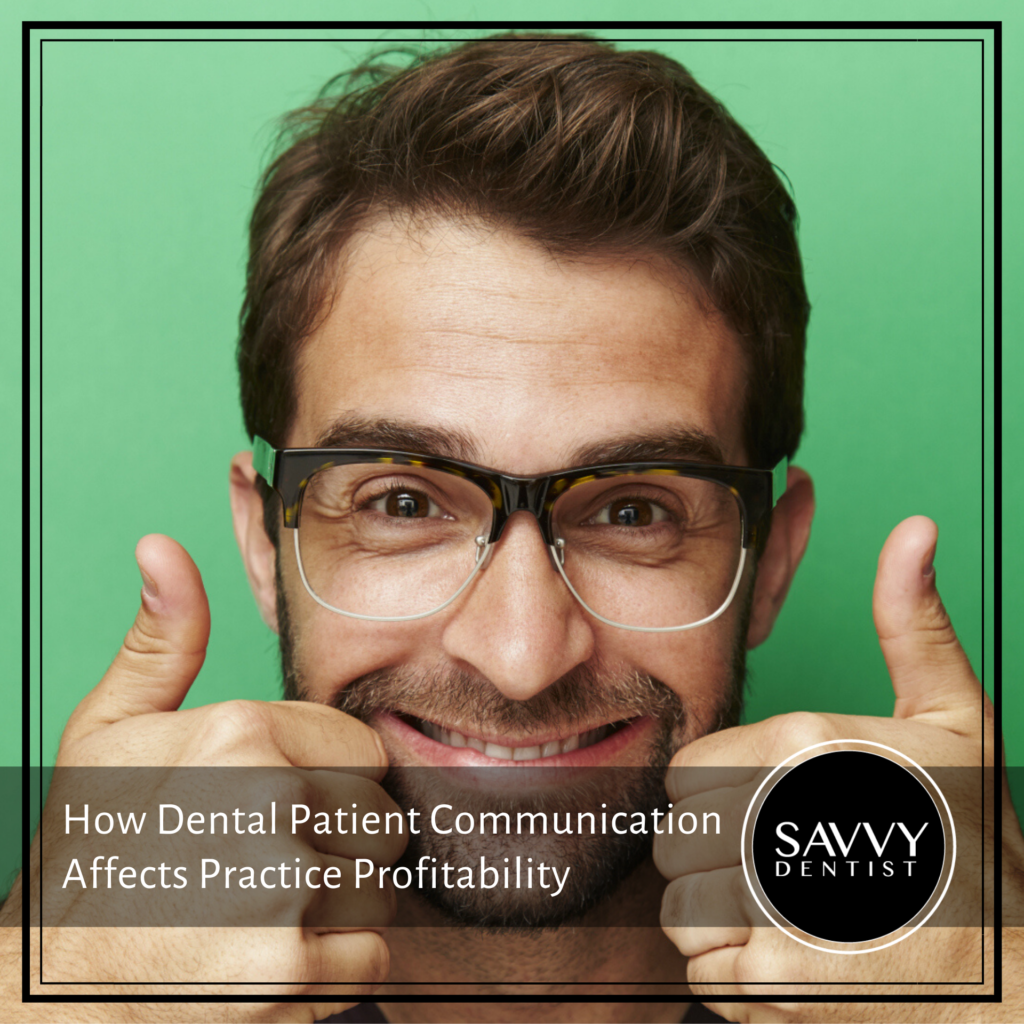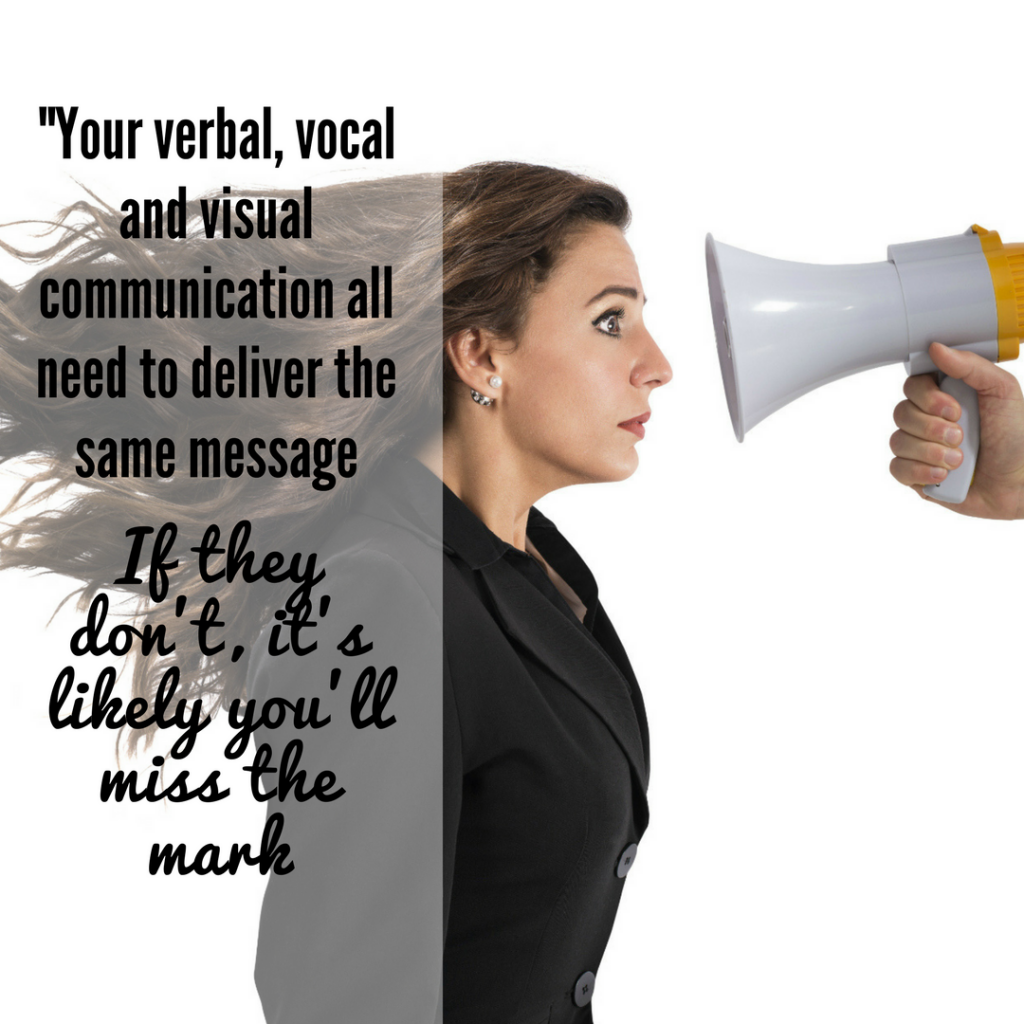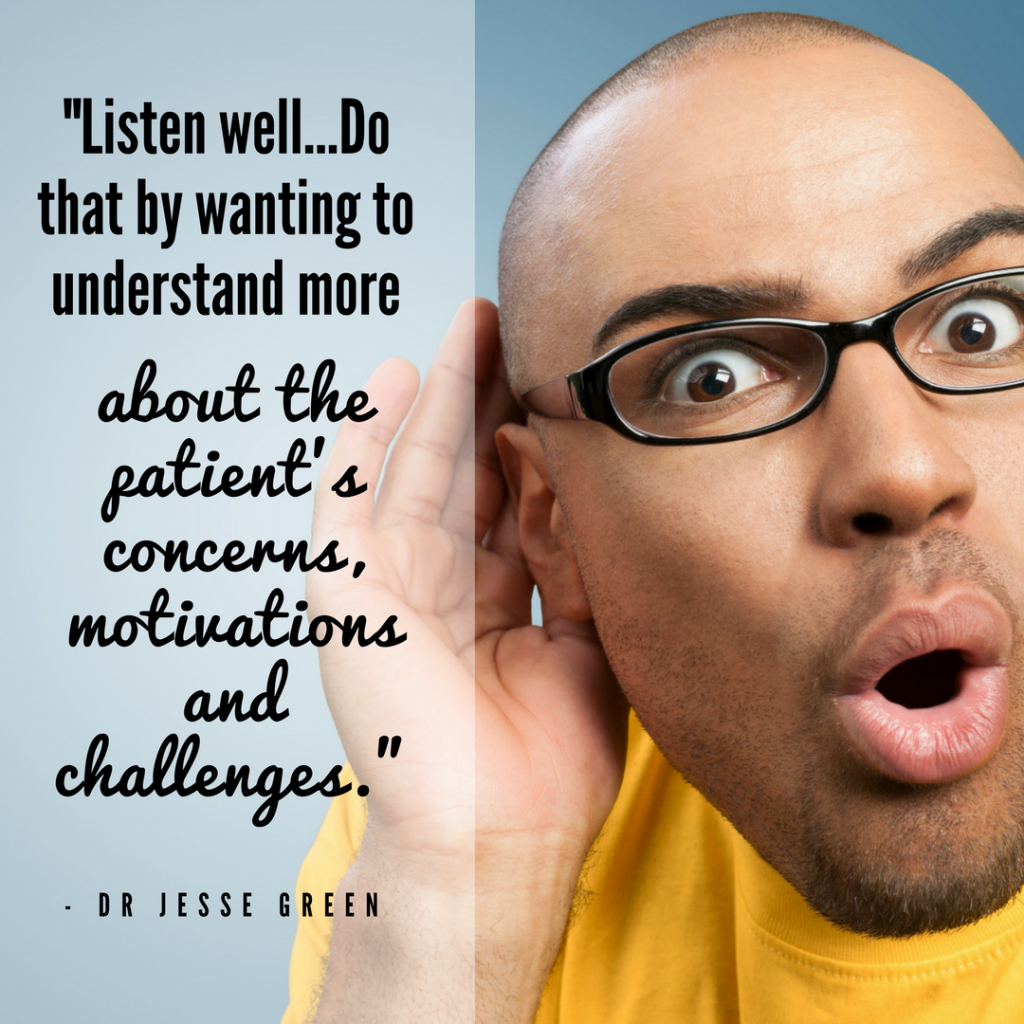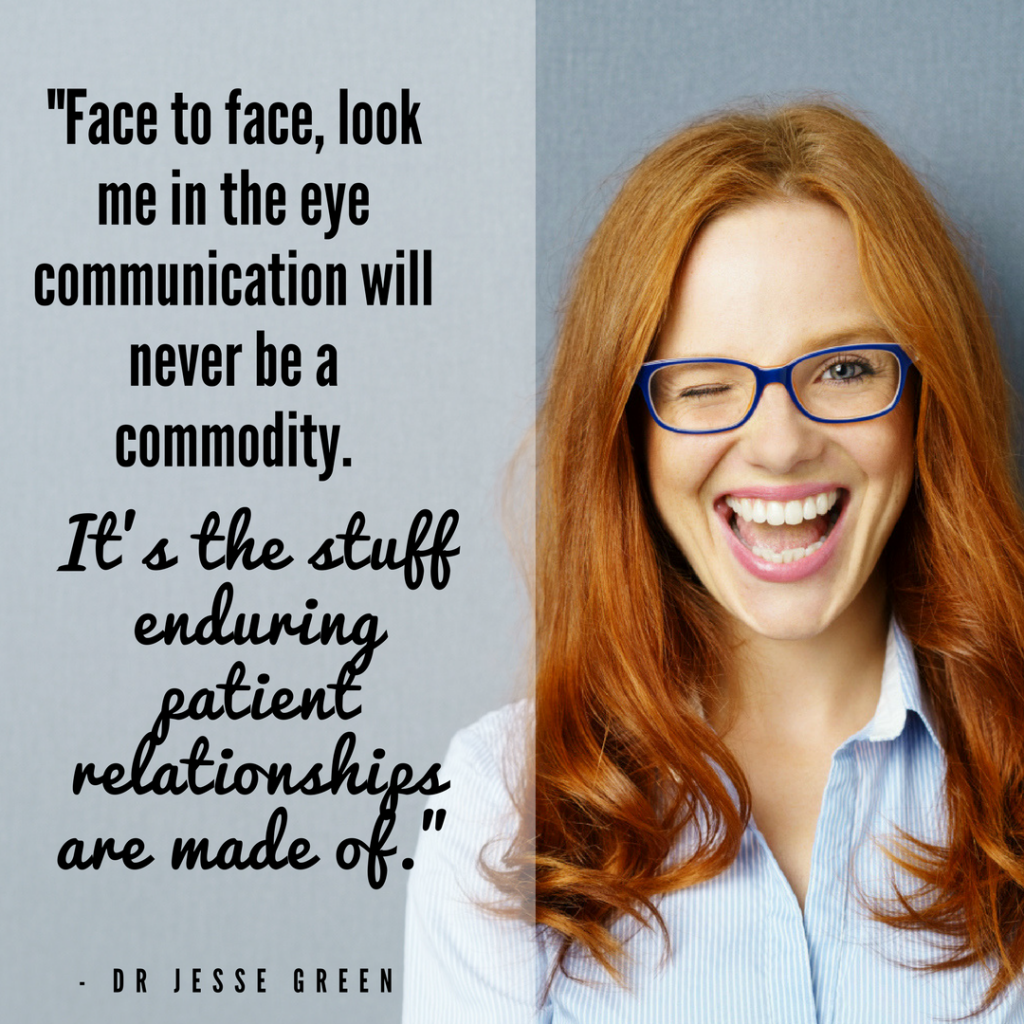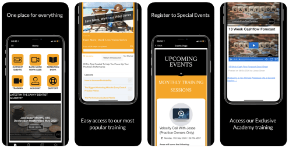True or false? Patient communication is really important.
For me, when it comes to cranking up your dental business, patient communication ranks right up there with great marketing.
But if we’re honest, communication’s a pretty broad term, isn’t it?
Thanks to technology, today its scope is much broader than it once was.
And while have much to thank technology for, I don’t think we can assign it credit for improving the quality of communication in all applications.
On the contrary, in many ways, the reliance on technology has detracted from the quality.
Rather than sustaining patient relationships, it leaves them lacking. In loyalty, trust and appreciation.
For dentists who want to grow and scale their practice, mastering communication fundamentals is a must.
The good news is, any dentist can do it.
Like math or music, your patient communication skills can be learned, refined and mastered.
Read on to see how.
Be Aware
It sounds like yoga meditation, doesn’t it? Be aware.
But actually, I’m being serious.
Caught up in the day-to-day, we often skip right on past seemingly unimportant nuances of effective patient communication.
Most of us are just focused on doing our dental business.
Perhaps we’ve never given a first, let alone second thought, to our patient communication style.
Here’s my tip: even if you’ve thought about your patient communication, there’s always room for improvement.
Just ask your nearest and dearest.
Take a few moments and contemplate this: how you think you relate to patients (or significant others).
Then take a breath and honestly consider how you think they feel you relate to them.
Mmm.
If you’re like every other person on the planet, there’ll be a gap between these two perspectives.
Want your dental business to grow?
It’s wise to consider how you’ll close that gap and focus on enhancing your patient communication.
Think Triangles
Picture a triangle. In the middle is your message.
According to Dr Laura Sicola, each angle of the triangle represents a different channel of the communication triangle: verbal, vocal, visual.
Verbal relates to what you say. Does it make sense? Does it add value? Is it meaningful for your patient?
Vocal is the sound of the words as they come out of your mouth. Is your voice pleasant?
Does it have an even tone? Is it uplifting or grating?
The final channel of the communication triangle is visual.
All to do with the non-verbals, visual relates to your facial expressions, hand gestures, body language and posture.
It’s one thing to understand these three core aspects of communication; it’s another to ensure they’re all in alignment.
What does that mean?
It means your verbal, vocal and visual communication all need to deliver the same message.
If they don’t, well, it’s likely you’ll miss the mark.
Even if the smallest thing isn’t quite right – the chance to connect with your patient is diminished or lost.
The greatest opportunity for influencing patients to make change for good is to deliver our message with integrity across all channels of the communication triangle.
Listen Well
Answer this question honestly.
How many times have you sat with a person and not really listened to a word they’ve said.
More focused on framing up what you’ll say or do next, rather than listening, you miss a vital opportunity to understand the other person.
The truth is, most of us could benefit from a measurable improvement in our listening skills.
Think I’m wrong?
Just ask your other half.
Or your kids.
Or your team.
Yes, some people may be easier to listen to than others, but it’s not a reason for not listening properly.
We do that by wanting to understand more – about the patient’s concerns, motivations, challenges.
Just hearing the words won’t cut it.
Be Present
No, this is not a repeat of my first point.
If we’re to listen well, we must be present to the conversation and person first.
Consciousness or presence in conversation is not just the privilege of an enlightened few. We dentists can practise it too!
This means more custom conversations, less autopilot.
It also means more focused attention, less distraction; more full sentences, less abbreviation.
Face to face, look-me-in-the-eye communication will never be a commodity. It’s the stuff enduring patient relationships are made of.
And while it might challenge you to lift the lid on a more feeling-based response (you might even feel vulnerable), it will be worth it.
If you’ve read this blog before, you’ll almost certainly have seen my comment that at the end of a set of teeth is a human being.
He or she is just like you. They have hopes, fears, aspirations and frustrations.
They’re looking for connection too.
As their dentist, you’re perfectly positioned to deliver it – along with the impetus for positive change that affects their oral and general health.
All this just by finessing your communication skills.
Sounds like it’s a worthwhile exercise.
Final Words…
There’s so much more that could be shared in a blog about communication, but let’s stick with these points.
Like most things, it’s simple stuff that’s not so easy to implement.
From my perspective, our approach to communication is a work in progress, whether it’s with patients, partners or our team. It’s never done.
The key to success?
Just keep working on it.

